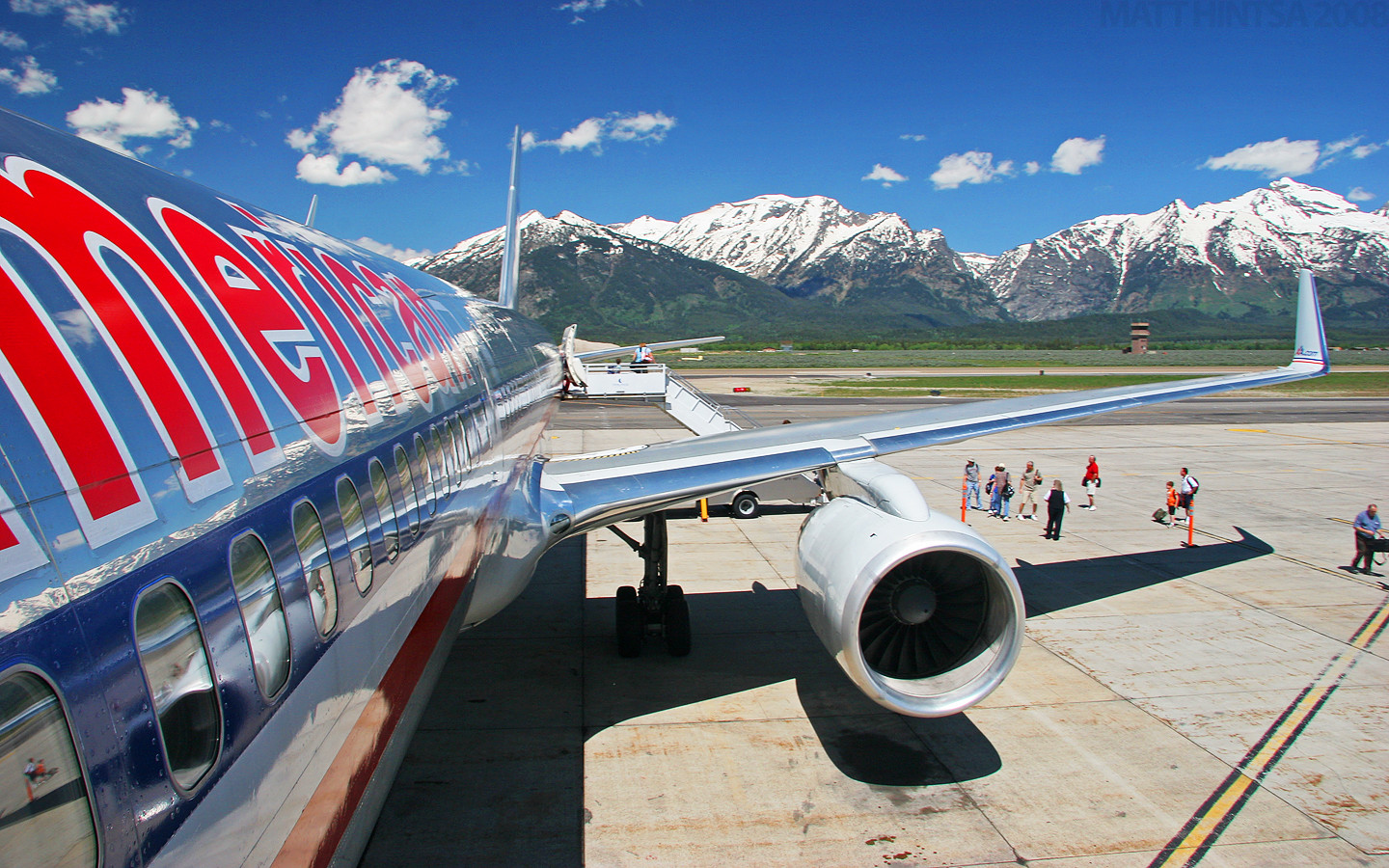Several international airlines have launched new direct flights to Italy in recent weeks in response to growing demand for non-stop travel options.
Italian private airline Neos became the first-ever carrier to offer a non-stop connection between the US and Puglia on June 3rd, while American Airlines launched daily direct flights linking Miami to Rome Fiumicino and Dallas-Fort Worth to Venice Marco Polo on June 5th.
British budget airline EasyJet is also set to strengthen its presence in Italy this summer by operating twice-weekly flights between Bristol and Palermo, Sicily, starting on June 26th.
You can find a comprehensive list of all new flight routes to and from Italy this summer in this article.
Large tourist crowds are far from a rare sight in Rome over the summer months, as the Eternal City is the most visited Italian city, with over 30 million visitors a year on average.
But the number of people travelling to the Italian capital is expected to increase sharply this summer due to special events related to the Vatican’s Jubilee Year – a special Holy Year for the Catholic Church which focuses on forgiveness and the remission of sins.
Though there are no up-to-date estimates of how many people will visit Rome this summer, planned Jubilee events are expected to draw millions of faithful to the city in the coming months.
According to a recent estimate from Italian research centre Certa, around one million pilgrims will travel to the Eternal City in late July to attend the Youth Jubilee (July 28th-August 3rd).
Besides an additional influx of tourists, the Jubilee is also expected to result in price hikes in a number of areas – from the hospitality industry (especially short-term holiday lets and hotel stays) to transport services and cultural sites.
The US State Department raised its travel advisory warning level for Italy from one to two in late May, urging American citizens to "exercise increased caution” on upcoming trips.
US authorities said the update was related to the “risk of terrorist violence, including terrorist attacks and other activity in Italy” without providing further details about specific terror threats.
Though there have been no recent terrorism-related incidents in Italy, the State Department advised American visitors to “stay alert”, “check local media for breaking news" and “prepare a contingency plan for emergency situations”.
After a popular train line linking Paris with the Italian cities of Turin and Milan reopened in early April following a 19-month closure, train travel between Italy and France is set to expand further this summer with the launch of a new overnight train linking Marseille to Rome.
Operated by Italy’s Trenitalia, the Espresso Riviera service will run every weekend from July 4th to August 30th, with a travel time of just over 15 hours.
Besides the new Marseille-Rome link, Trenitalia also plans to resume a popular night train service connecting Rome to Munich, Germany, on July 15th.
American transport giant Uber is set to launch new helicopter services on Italy’s famous Amalfi Coast this summer, providing well-heeled visitors with speedy connections between the seaside town of Sorrento and the island of Capri.
Uber Copter will operate every weekend from July 26th to August 23rd, with round trips coming at €250 per passenger, the transport company said.
Besides new helicopter rides, Uber will also offer free boat services between July 26th and August 24th, taking passengers from Sorrento’s port to the picturesque cliffside town of Positano aboard stylish Gozzo 35 motorboats.
You can find more details about the upcoming Uber Copter and Uber Boat services here.
A contested ticketing system requiring day-trippers to pay an entry fee to access Venice’s city centre was reintroduced on April 18th after undergoing a 29-day trial last year.
The entry charge, which is part of wider plans to regulate tourist crowds and reduce the impact of mass tourism on Venice's infrastructure and artistic heritage, will be in place on a total of 54 dates this year.
For a full list of dates and details on how the system works, see our guide.
People planning to stay in an Italian holiday rental property this summer will be able to check into their accommodation remotely - though there are some exceptions.
A contested nationwide ban on remote check-ins was overturned by Lazio’s Regional Administrative Court (TAR) in late May, with the court citing the lack of sufficient legal grounds and disproportionate burdens on property owners as the main reasons behind its ruling.
The ban had been introduced by Italy’s interior ministry in November, ending popular remote check-in practices for guests and leading to a spate of police operations aimed at removing key boxes (lock boxes containing the keys to a property) in cities around the country.
Though the court’s ruling overturned the national ban, local ordinances outlawing the use of key boxes by holiday rental owners were not affected by the decision. This means that cities that enforce key box bans under municipal laws (for instance, Florence) will continue to do so this summer.
Transport strikes are frequent in Italy and this summer will be no exception as Italian trade unions have already announced multiple walkouts affecting air, rail and local public transport services.
Quite conveniently though, strikes are generally planned and called well in advance in Italy, and the Italian transport ministry lists them on an online calendar (in Italian).
This usually gives travellers some time to arrange alternative means of transportation or, when possible, reschedule their journeys.
If you’re planning to travel to, from or across Italy this June, you’ll find a list of the major planned walkouts in this article.
New EU visa and passport systems
Originally scheduled to come into force in 2022, the EU’s new Entry/Exit System (EES) and European Travel Information and Authorisation System (ETIAS) have been repeatedly delayed due to incomplete border infrastructure.
According to the latest available information, the EES passport check system could begin in October, with the ETIAS visa waiver scheme expected to be rolled out six months later.
There is, however, no guarantee that the two planned changes won't be delayed again.
For a full explanation of the EES and ETIAS schemes and what they mean for non-EU citizens travelling in and out of the EU, see our guide.












